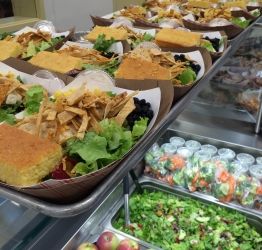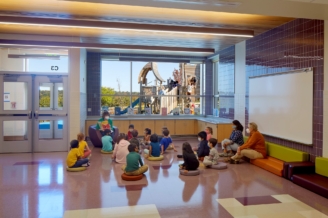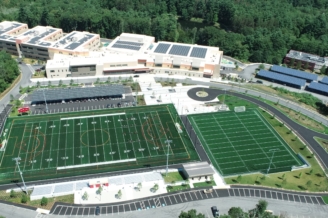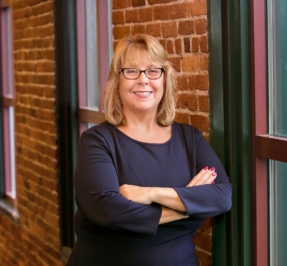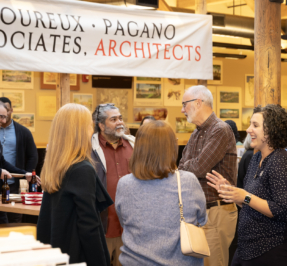Sustainable Food Service in Schools
Sustainability in building design involves the numerous strategies and approaches that maximize efficiency and minimize waste and environmental impacts. Likewise, a sustainable food system comprises how food is grown, transported, procured and prepared, as well as the impact on communities, workers, and the environment at all points across the system. As our public schools make strides to incorporate more sustainable practices in their food service, kitchen design is evolving to support their efforts.
“There were a lot of ovens and freezers ten years ago,” said Ed Arons of food service design firm Colburn & Guyette. “Within the last year you are starting to see the need for cold prep rooms, more prep space and equipment.”
Ed also notes that Donna Lombardi, Director of Child Nutrition Programs for the Worcester Public Schools, is at the forefront of implementing progressive, sustainable food practices in Massachusetts public schools. Colburn & Guyette worked with LPA|A on the kitchen design at both Nelson Place Elementary and South High Community High School in the city.
The Worcester Public Schools serves more than 30,000 meals a day during the school year throughout 60 feeding sites, and universal free – at no cost for students.
With the recently completed Nelson Place School and South High Community School in progress, Donna is taking the opportunity to increase capacity district-wide to bring fresh food from local farms, prepare, and then distribute food throughout the school system. The design for South High will allow for cold product prep, while another school has the capacity to prepare hot food, and Nelson Place offers space for large trainings of staff.
“The new Nelson Place has increased enrollments, a full service kitchen, and will soon be serving breakfast in the classroom to every student. We now have a location to efficiently conduct all of our trainings, up to 200 employees in one session throughout the year.” Donna said.

The increased capacity supports a culinary program that allows the district to both maximize cost efficiencies and provide fresh food, cooked from scratch in season, district-wide.
“We are able to provide a menu consisting of USDA unprocessed commodities paired with local, seasonally sourced, and complementary menu components. Local markets are surveyed weekly for best quality and price. We’ve developed relationships with local small-scale farmers, medium scale growers, and large-scale growers from the Pioneer Valley. It all comes together because we have a flexible culinary system and progressively trained workforce in our facilities, we are able to prepare unprocessed and fresh product into high quality reimbursable meals, universally free for all students” said Donna.
The return to traditional food and culinary systems is contributing to a more sustainable system on multiple fronts, and the design of their facilities is intentionally supportive of that. Spaces that can accommodate more storage and preparation, efficient appliances, demand-controlled ventilation, systems for minimizing waste are all considerations as the architects and engineers meet with owners and users of the facility. The collaborative process allows for a final design that is maximally efficient, within the project budget, and will serve the needs of the school community for decades to come.
Categorized In: Articles, News
Tagged In: K-12 Schools, Sustainable Design, Worcester
Share This



